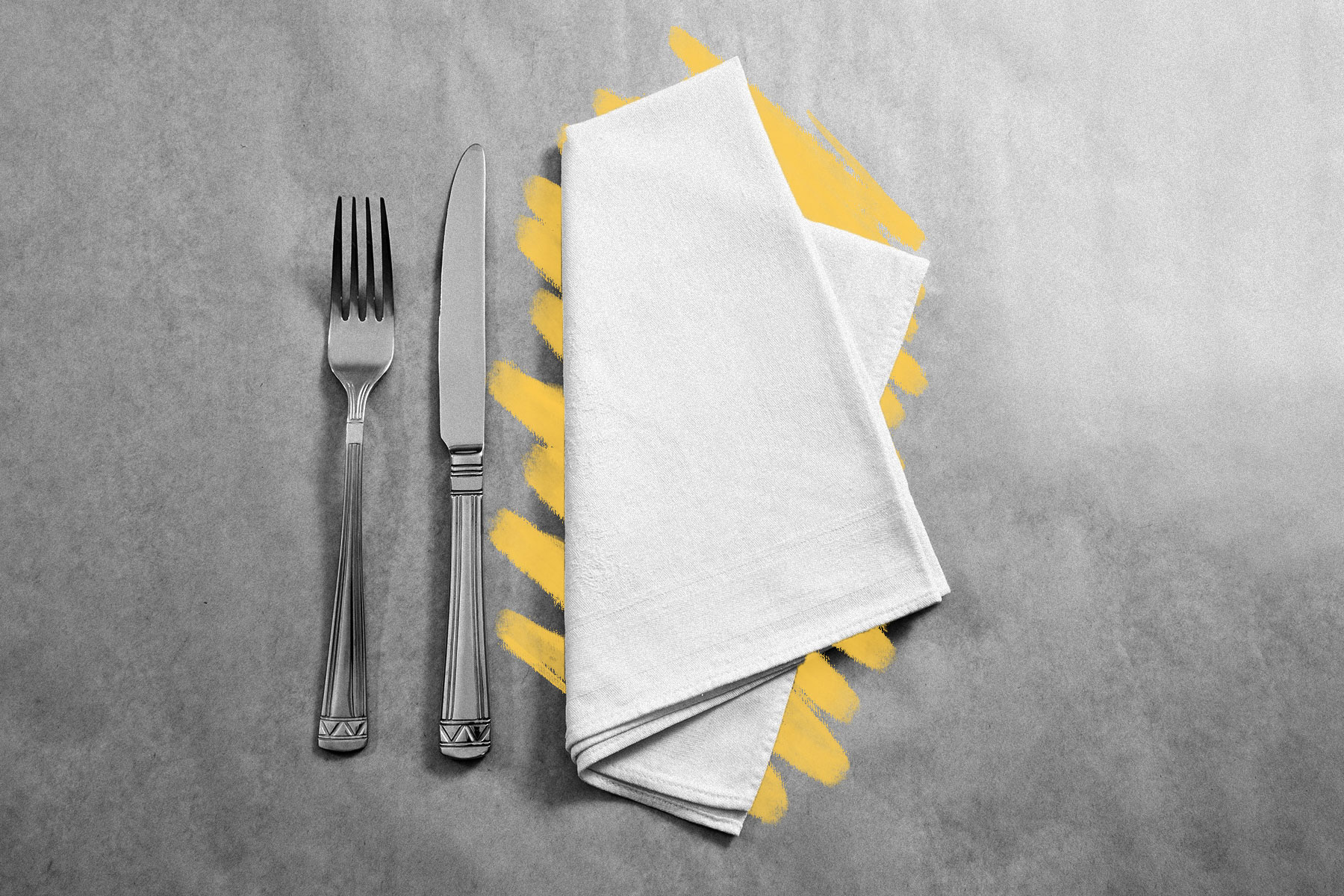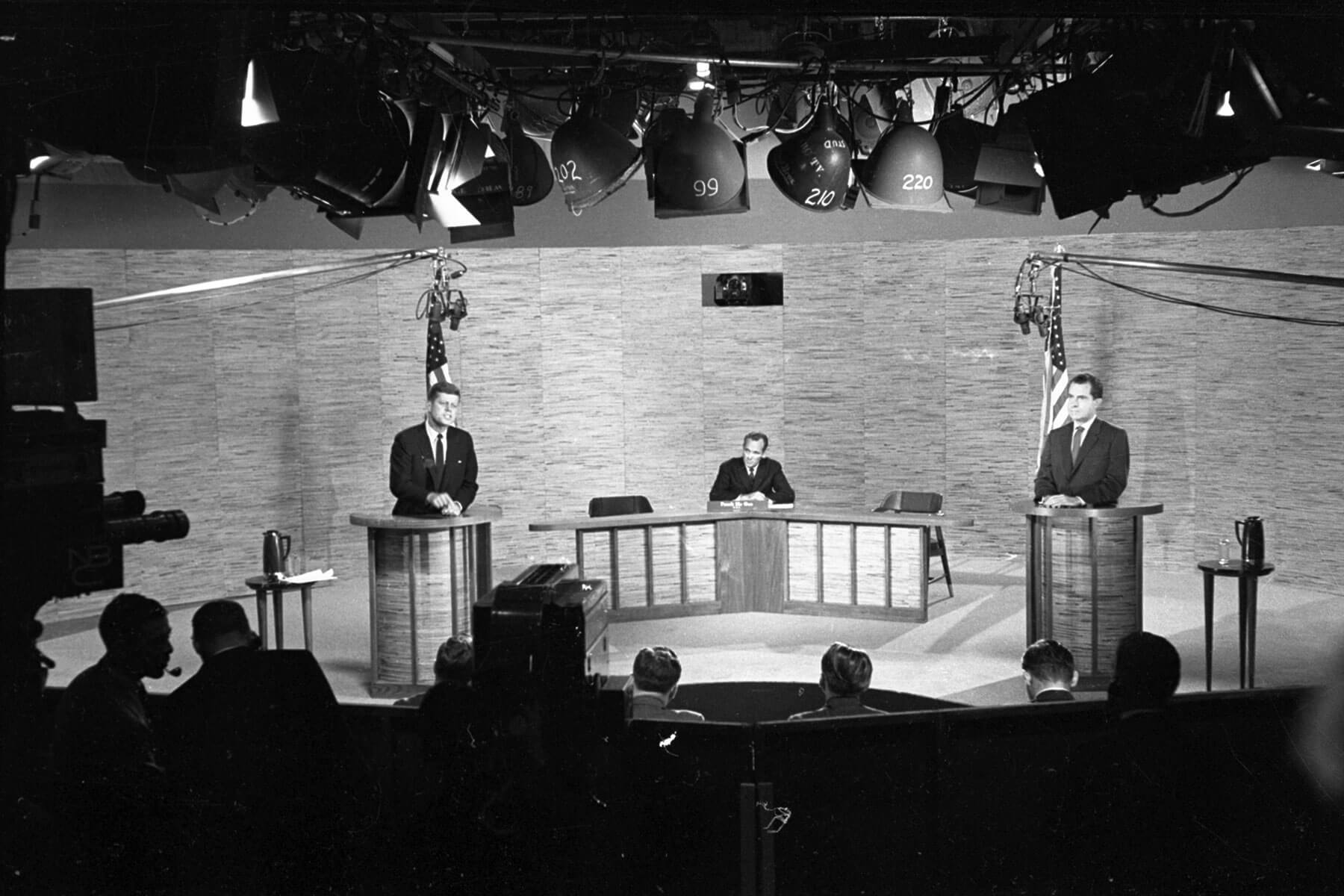 |
The first napkins were made of soft dough. |
Science & Industry |
 |
| |
| Since ancient Greeks ate with their hands, napkins of some sort were a necessity. At large banquets, towels and water were sometimes circulated among guests to tidy up between courses, but it wasn't until the Romans began using cloths at mealtime that the modern napkin found its footing. A large cloth known as a mappa was draped over the body when reclining and eating, and guests would often bring their own to fill with food to take home as leftovers. | |
| The first paper napkins emerged in ancient China around the second century CE, when small pieces of paper were folded into squares and fitted into the bottom of baskets that held teacups. The word "napkin," meanwhile, originated in France: "Nappe" is the French word for "tablecloth," while "kin" was added to the end to note its smaller size. | |
 | |
 | |||||||||
By the Numbers | |||||||||
| |||||||||
| |||||||||
 | |||||||||
| |||||||||
Etiquette expert Emily Post sanctioned the use of paper napkins in 1948. | |||||||||
| In 1948, a New York department store asked author and socialite Emily Post whether paper or cloth napkins were better for entertaining. Her answer? "Fresh paper napkins, of course!" Post published her first book, Etiquette in Society, in Business, in Politics, and at Home, in 1922, and went on to become an authority on good manners and behavior until her death in 1960. So, when she declared that paper napkins were cleaner and fresher than their fabric counterparts, her large audience listened. At the time, the changing social and economic landscape lessened the likelihood of families having a full-time staff available to launder cloth napkins after every meal — which, as far as Post was concerned, was a necessity, as she deemed "soiled" napkins "unthinkable." | |||||||||
 | |||
Recommended Reading | |||
 | |||
| | |||
 | |||
| | |||
| + Load more | |||
| |||
| |||||||||
| Copyright © 2023 History Facts. All rights reserved. | |||||||||
| 700 N Colorado Blvd, #513, Denver, CO 80206 | |||||||||
|





No comments:
Post a Comment